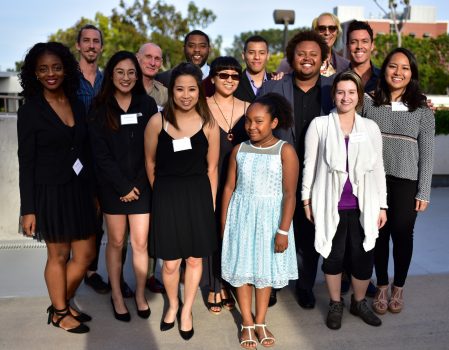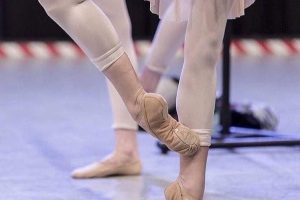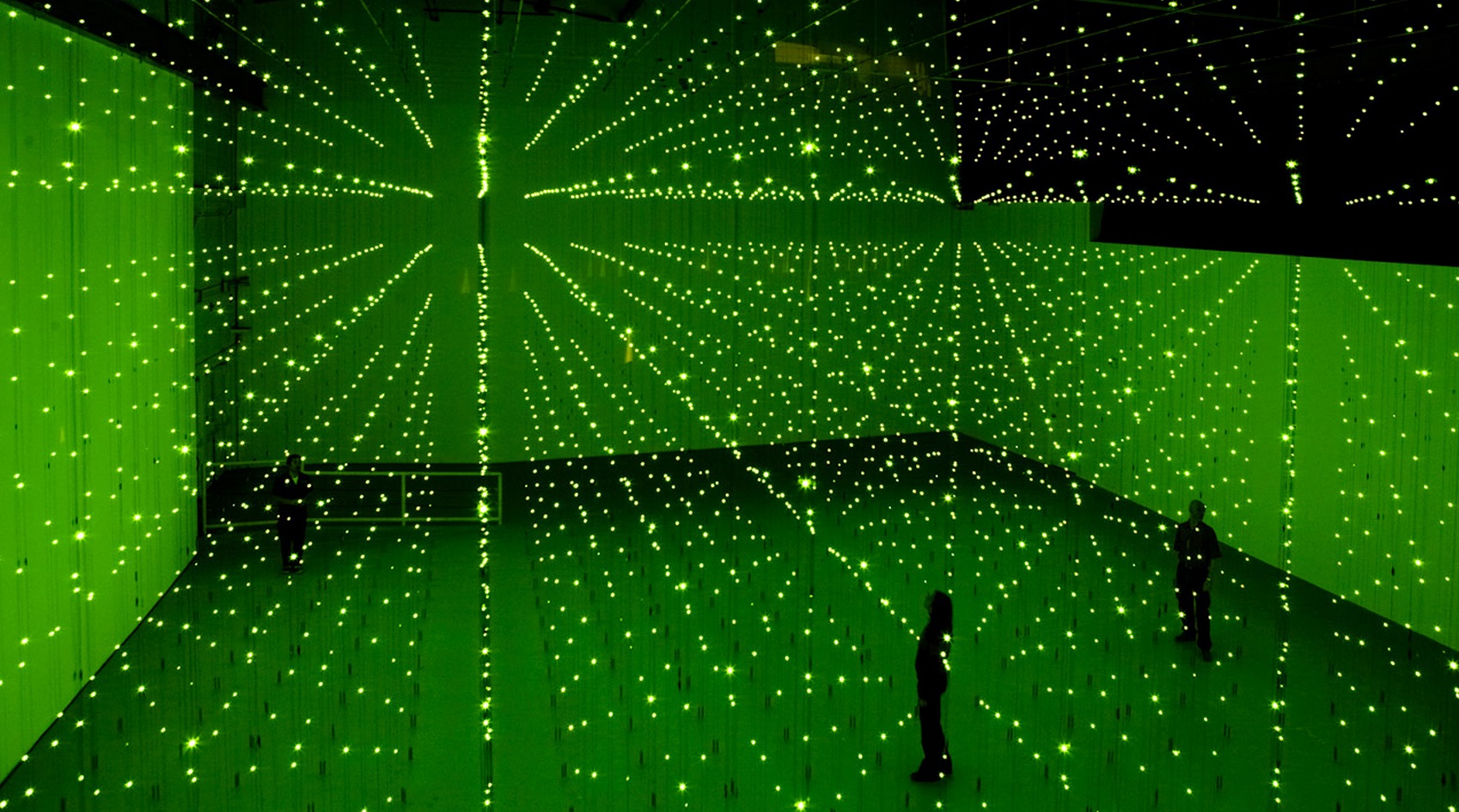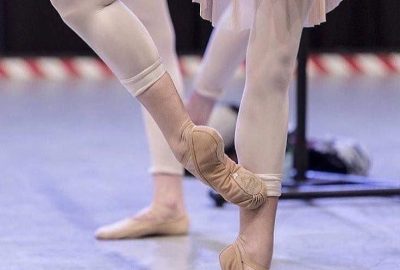A Letter to the TEDxCSULB 2018 Speakers
Dear TEDxCSULB 2018 Speaker,
Congratulations! I’m so excited for you and so proud of you. Congratulations on finding within yourself a story to share, submitting it, going through the selection process, and for being chosen by the organizers. Today is the first day of an incredible journey of many weeks for you.
For me as I write this, yesterday, Sunday 9 April ’17 was the culminating day of my journey as a TEDxCSULB ’17 speaker. As the last speaker of the day I challenged everyone, especially current college students:
Starting tomorrow morning, Cousin Ellie and I are challenging you to make your education yours.
Since I hope that at least a few TEDxCSULB ’17 attendees will really take me up on it and start this morning to make changes in their college experience that will lead to a much more engaged and empowered time in college, and ultimately lead to a more relevant and useful education, it seems like a good morning for me too to take action. The best action I think I can take this morning is to share a few insights from my time as a TEDxCSULB ’17 speaker with you. I had a great experience! But I believe that you can have an even better one.
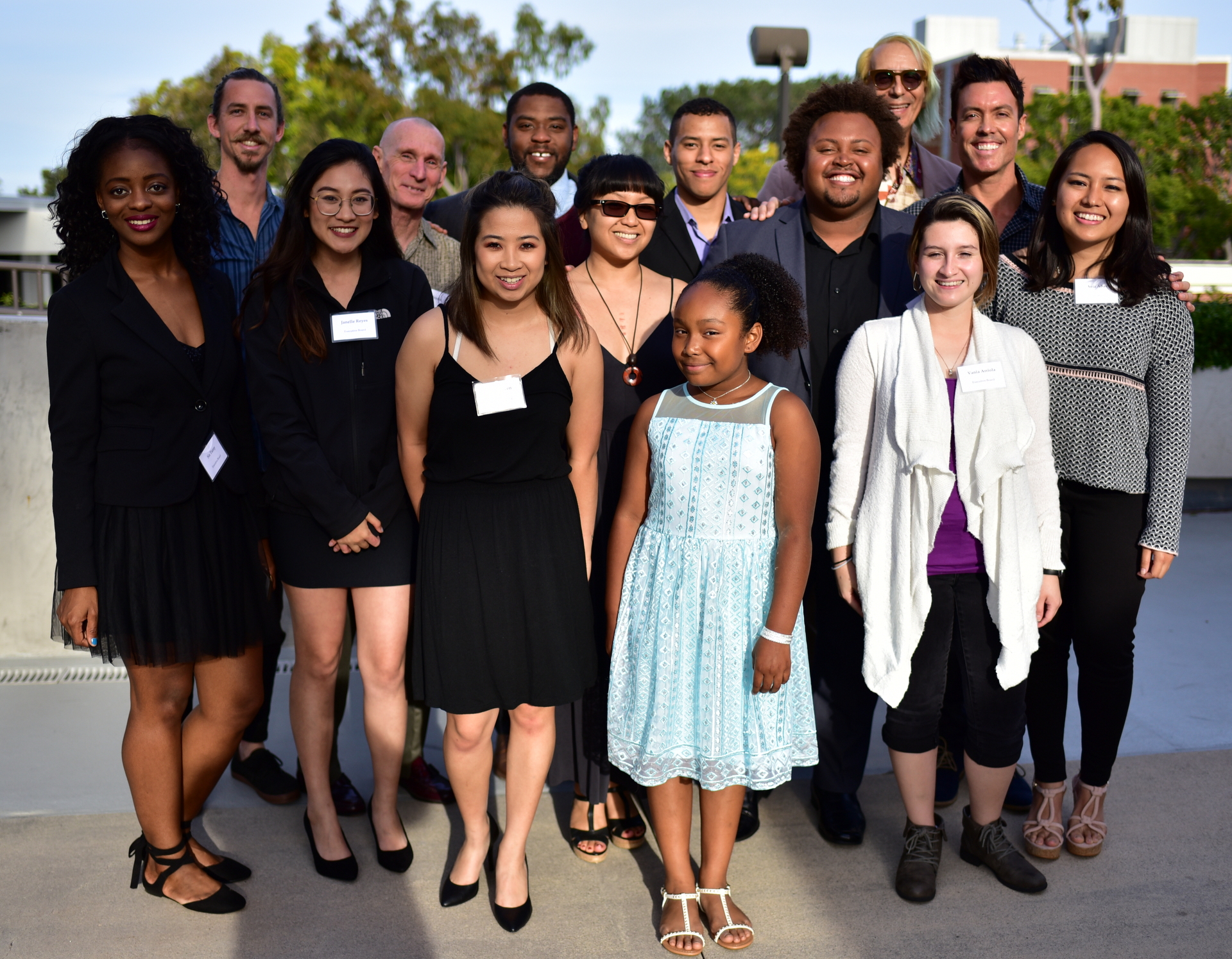
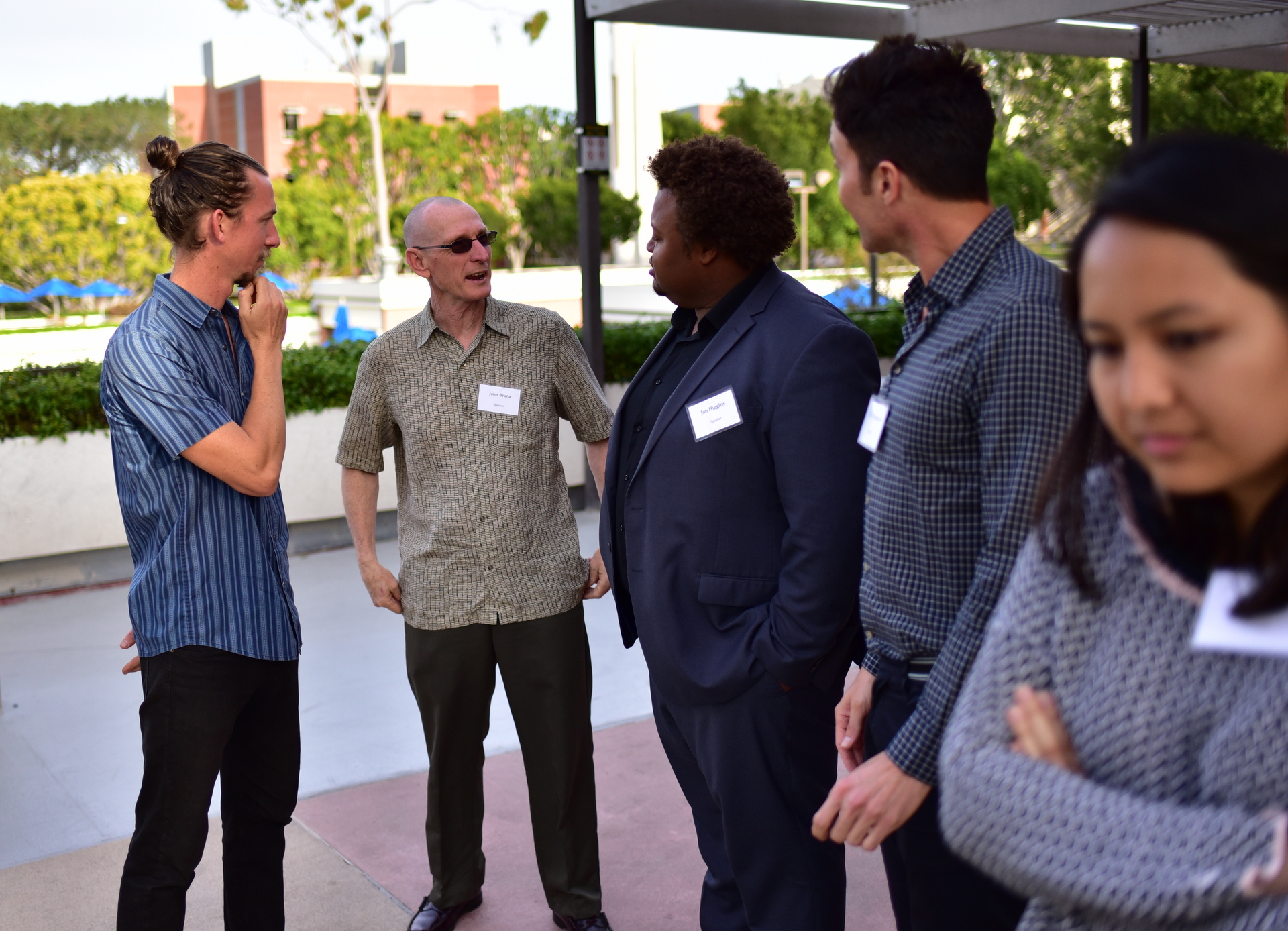
speakers Ryan Serrano, John Bruna, Jon Higgins, Chris Tompkins & Aeia Abas.
Of Flowers, Trees & Subterranean Root Systems
Many of us love flowers. We see them on a tree and smile. We pick or buy one. We find joy in the flower’s fragrance and visual splendor.
The flower is an incredibly important part of a tree. But it’s hardly the only part. A flower is a tiny blossom on a large, majestic tree that took years to develop. And for all the strength and complexity of the above-ground tree and its branches, there is an equally large, and perhaps even more complex, root system underground.
There’s a night-blooming cactus in my yard. In late spring and early summer it produces giant, white flowers. The proud, hearty green cactus with it’s slender, needle like thorns grew and grew over many years. The blooms prepare for a number of days, but the actual opening of the flower is a single night. It starts to open around dusk and the bees have maybe an hour of pollination time before it’s their bedtime. Then the brilliant white flower marks the hours of its single night as it basks in soft moonlight. At dawn the bees come for another hour of pollination before the flower closes.
I’ve felt the metaphor of tree & flower at various times and in various circumstances. But I’ve never felt it more strongly than at TEDxCSULB ’17. The flower, your talk, is important! For so many people who hear you speak live, or later on video, it is the only thing they will know. But for you, while important and beautiful, your actual 18 minutes on stage are only a small part of your epic TEDxCSULB-tree journey.
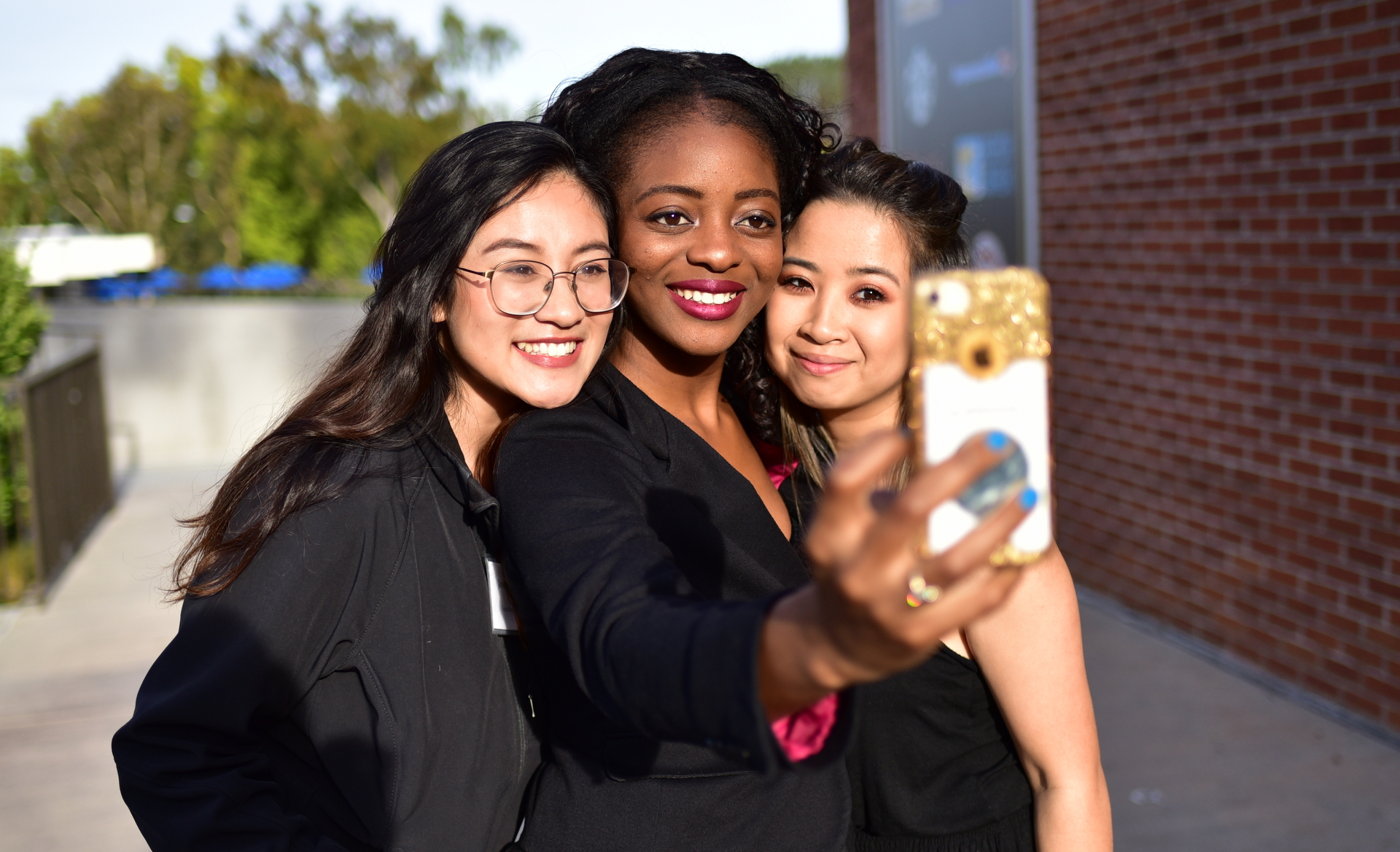
organizers Janelle Reyes, Sia Turay & Kat Nguyen
TEDxCSULB is different
There’s a world of conferences and other speaking occasions out there, and I don’t pretend to be familiar with more than a fraction of them. But if you’re like me, then TEDxCSULB will be a different speaking experience from any you’ve had before.
The typical speaking experience as I know it, is that you’re selected, and then you hear very little for a few months, and then you show up the-day-of, and one of the organizers says,
The projector’s over there, why don’t you see if you can get your laptop to talk to it. And what was your talk about again?
I’m exaggerating a little. Of course they know what your talk is. At least one or two of them do. But my point is, the process is all on you. You prepare however you prepare and then show up and do whatever you do. In my flower-and-tree metaphor, these experiences are sort of all flower. There isn’t so much tree or root.
TEDxCSULB is the whole tree. The organizers will work with you through multiple script drafts and many rehearsals. This is an incredible generosity and I believe it will help you produce one of the best talks you’ve ever given. But you should also understand that it is a different, and larger, commitment than maybe any conference you’ve ever agreed to speak at.
To be honest, I really didn’t understand this for some weeks. It seemed like after our joyous kickoff meeting, all I did was blink, and I was already getting emails that I’d missed two script deadlines, and where was my picture, and was I ever going to give them my bio?!
Eventually I did get caught up with all the deadlines. But then I got chastised for sending yet another script revision after the final script lock-down!
TED is a unique format. If you gave 4 original TED talks in one year, that could easily end up being your entire year! You wouldn’t want every talk to be a TED talk, it’s too much. But you have chosen, and you were lucky enough to be chosen, to give this TED talk, and I hope you’ll find some way to carve time out of your busy schedule and give it the time it deserves. I promise you, you’ll never regret a minute of it.
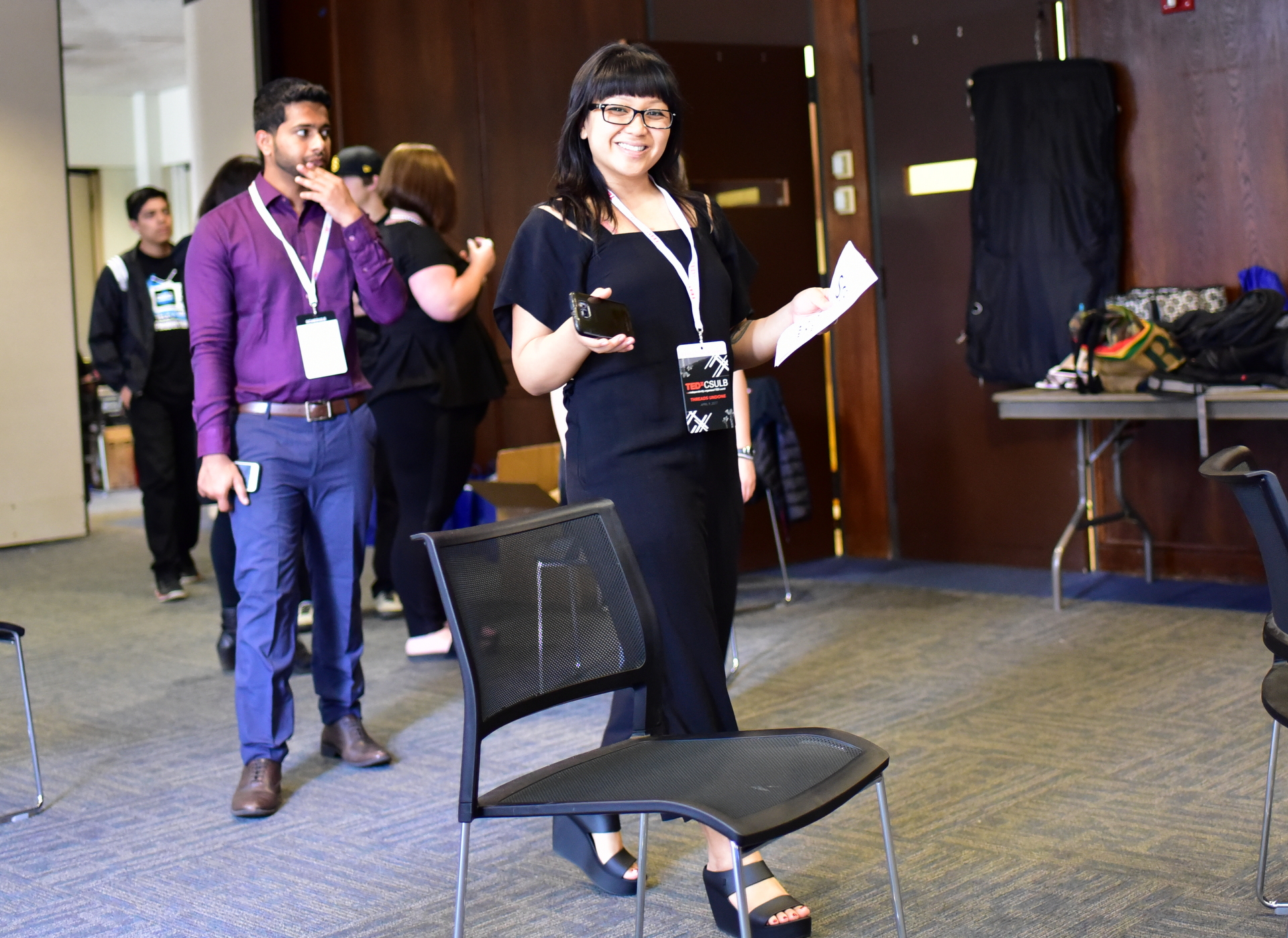
I feel like I take a lot of crummy pictures of Camille. Actually, I like them, but I think Camille thinks they’re not-so-flattering. I’m sorry about that. I think I owe her at least one sort of nice picture. Here she is in the Green Room on performance day with Social Media Manager Abhishek Mb.
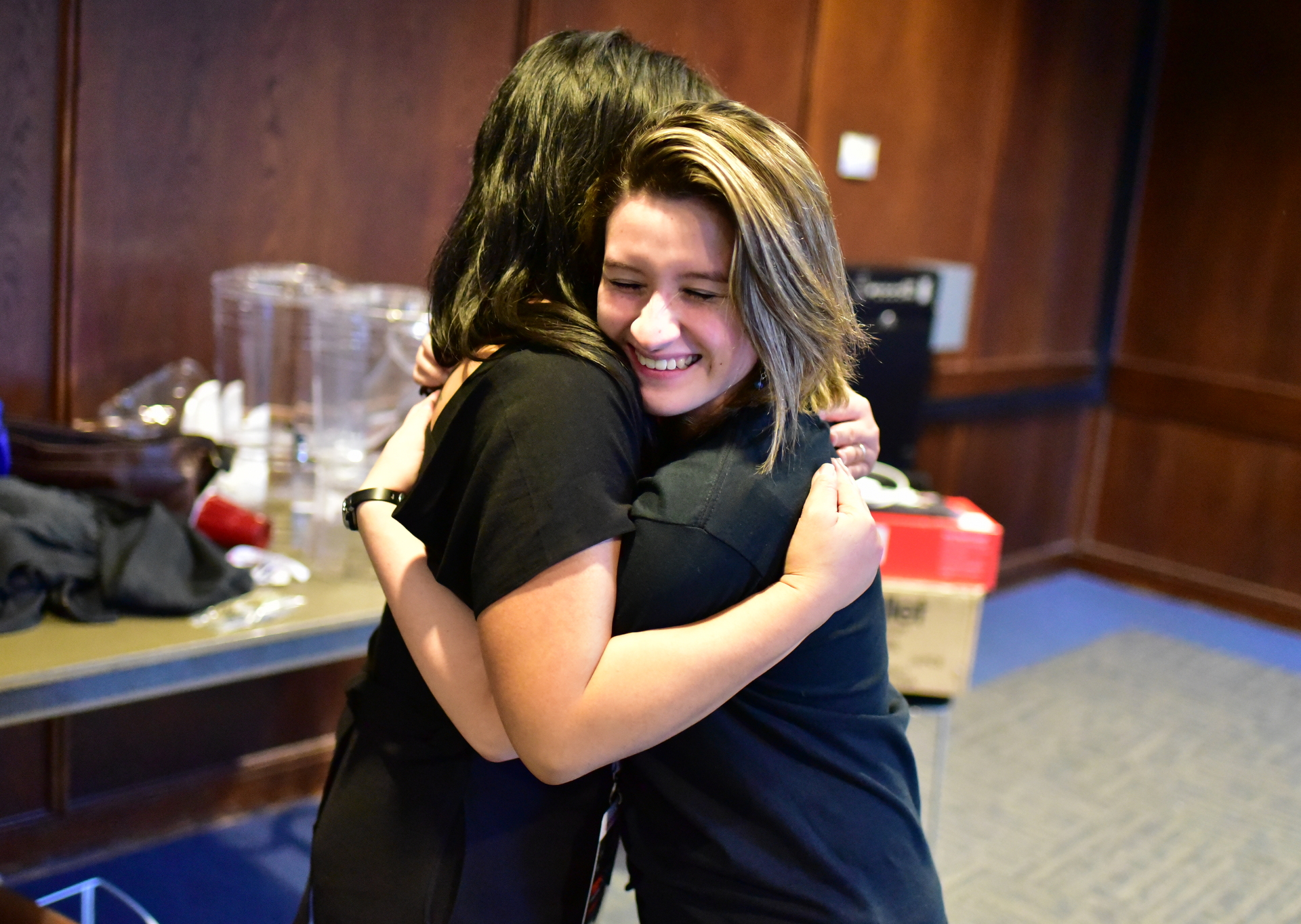
Curator Camille Raquel & Assistant-to-the-Curator Vania Arriola at the end of a long and successful TEDxCSULB 2017 event.
The Process
And then finally it was a week before the event and the speakers and many of the organizers metup for a Monday night full rehearsal. We went around the room to introduce ourselves, and when it came to Vania she said,
Hi, I’m Vania Arriola, I’m the Assistant to Curator. I’m the one who’s been hassling you. I’m sorry.
I almost cried.
I still hadn’t fully appreciated that I didn’t just sign up to show up one day and give a talk. I’d signed up for a process. A journey with some amazing speakers and some truly engaged and caring organizers. Vania’s “hassling emails” were really organizers who cared doing their best to help us give great talks.
I’m sorry Vania!
The main reason I’m writing this letter to you TEDxCSULB ’18 speakers now, 9 months before you ever might read it, is that it took me a long time to realize that TEDxCSULB wasn’t just the flower, that it was the whole tree. I hope you can appreciate that sooner than I did. Whether it’s reading this letter, or some other communication from the organizers, I hope they can make that clear for you.
Whether my self-esteem is lower than I realize, or if some aspect of my baby-boomer sensibility vs the organizer’s millennial sensibility was at play, or something else, I have to admit that the emails did tend to be a hassle. Not a hassle in the sense of bothering me for something unnecessary, but in the sense that I always felt just a faint subtext of you suck. By contrast, every single time I met F2F with one or many organizers, it was always a fantastic, engaged, productive experience.
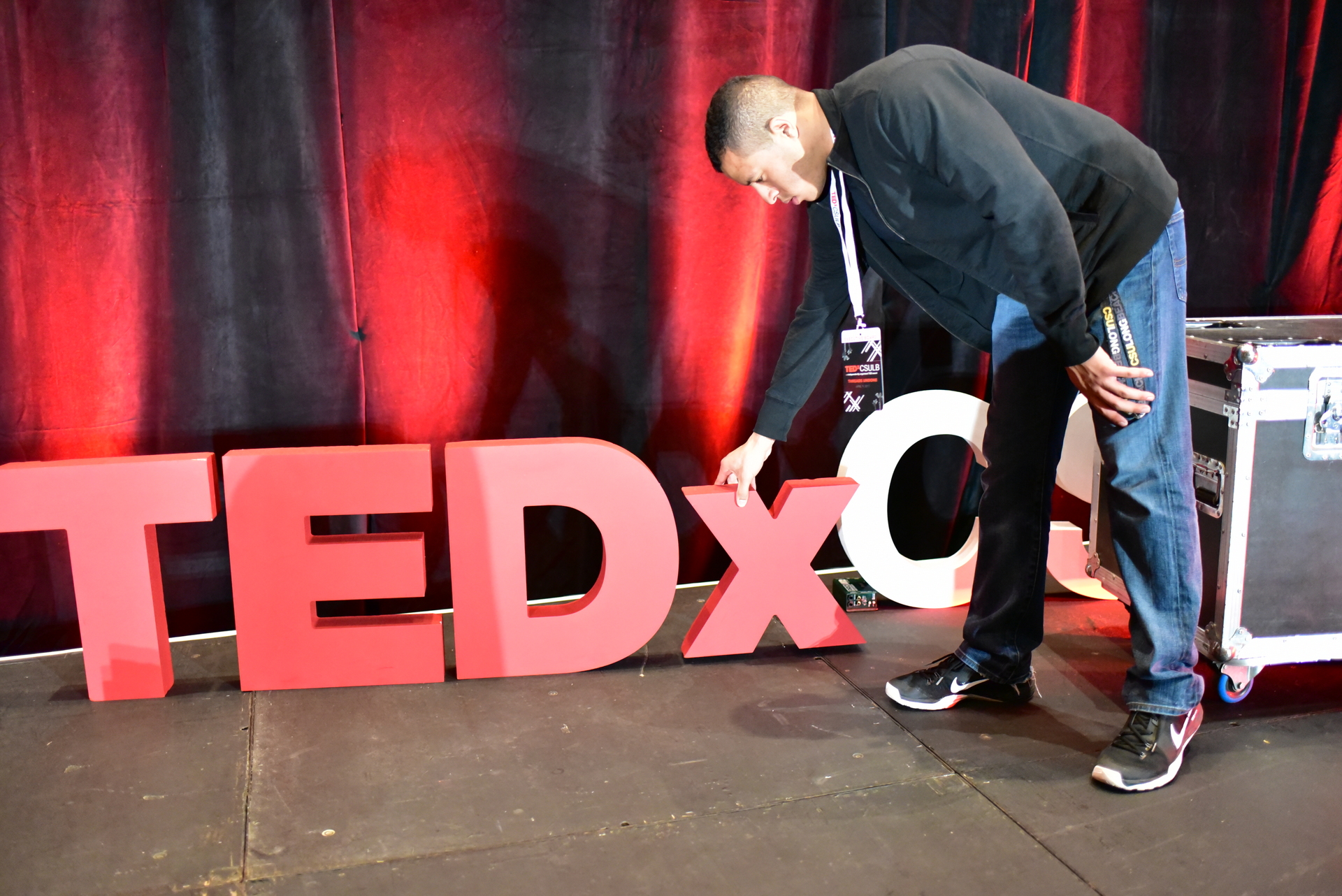
Eric Crenshaw adjusting the layout of the “TEDxCSULB” letters on stage the night before the event. To the rest of the world Eric is the TEDxCSULB Marketing Director, but to me he’s the awesomest rehearsal coach! Oh almost forgot, he was also the MC of the event.
Let’s Rehearse!
At that Monday night rehearsal, after silently apologizing to Vania, I was excited to hear my fellow speakers’ talks for the first time. They were great! And then I wished I’d heard them sooner. I thought I might have had useful feedback to help them clarify and focus their stories. Who knows if that’s true. They’d already worked with Kymberlee and Camille. Maybe any input from me would have been too many cooks. Still, this was only the 2nd time I’d met my fellow speakers and I wish there’d been more of a chance to see and interact with them.
Also, and I know schedule and busyness really impact with this, but the script was theoretically locked down before anyone ever heard it spoken. Kymberlee and Camille both gave me feedback on the written draft, but by the time I was rehearsing it with Eric, in theory (grin) my text wasn’t supposed to change any more. It would have been nice to have a 1st final draft reading with all the speakers. A night where we might be able to offer any suggestions before the text was locked.
The organizers split up the speakers and over the weeks they’d rehearse with us. I’m sure the other speakers also had great sessions, but I have to say how thankful I was to rehearse with Eric Crenshaw. He was patient when I stumbled, kind with praise, and most importantly, insightful with feedback. He helped me make my talk cleaner and clearer. Some of the words I spoke from The Red Circle yesterday were Eric’s words.
If you live far from CSULB it can be challenging to get to campus, but I’d encourage you to absolutely attend every opportunity to meetup with any of the organizers or any of your fellow speakers. And even though we’re all crazy-busy, I’d really encourage the organizers to create more opportunities to meetup. Text, voice, and video are good, but much as I love cyberspace, there’s still nothing like the experience of being in the same room with other people. I suppose that’s why people are happy to go to the trouble and expense of seeing your TEDxCSULB talk live, even though they know they could just wait a little while and watch it at home for free.
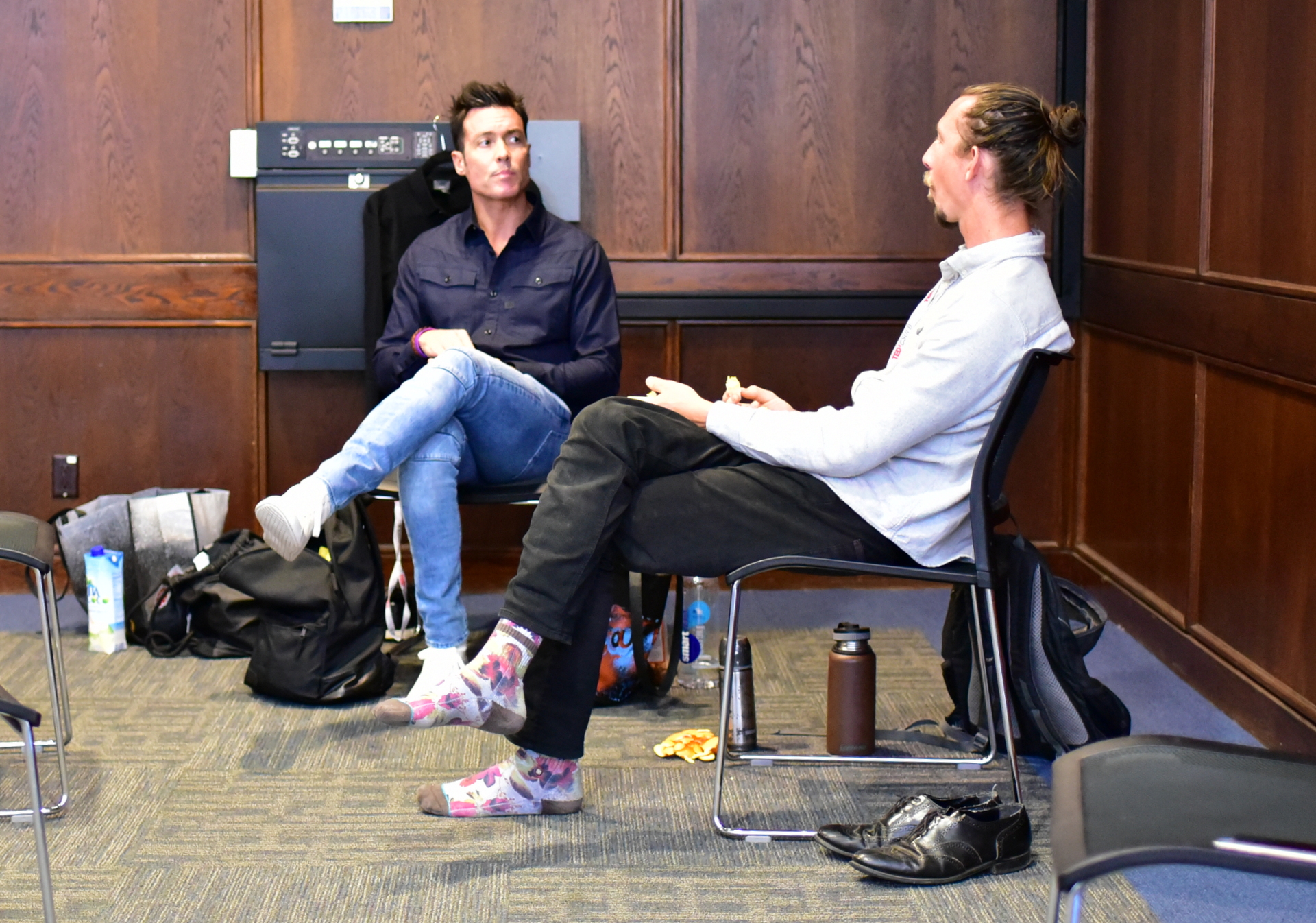
TEDxCSULB ’17 speakers Chris Tompkins & Ryan Serrano in the Green Room on performance day: waiting…
TED is a big deal
Of course I knew TED was a big deal. But I don’t think I really appreciated quite what a big deal, and quite what a known brand it is. I’m pretty sure I was the only one of the 10 speakers who didn’t get this, so you probably don’t even need this paragraph, but just on the off chance that your skull is as thick as mine: TED is a big deal.
Even if you think your family never really cares too much about what you do, they will want to come see your TEDxCSULB talk. When Camille sent us the link for tickets and said that we lucky speakers could have 24 hours for friends and family to buy tickets before anyone else, I wondered why that was supposed to be anything special or some sort of gift? When the entire thing was sold out within 7 days, and then when family members started clamoring for ticktes, and then when I had to beg for nonexistent tickets, and then when I had to pay for family members tickets to attend, I finally realized that 24 hours of exclusive ticket access is a real gift.
So just in case you’re as slow as me, TED is a big deal. Your family and friends will want to attend. Do them a favor. Do yourself a favor. And do a little marketing while you’re at it. Let everyone know as soon as you’ve been selected to speak. Put out occasional updates. Tell them the second tickets are available!
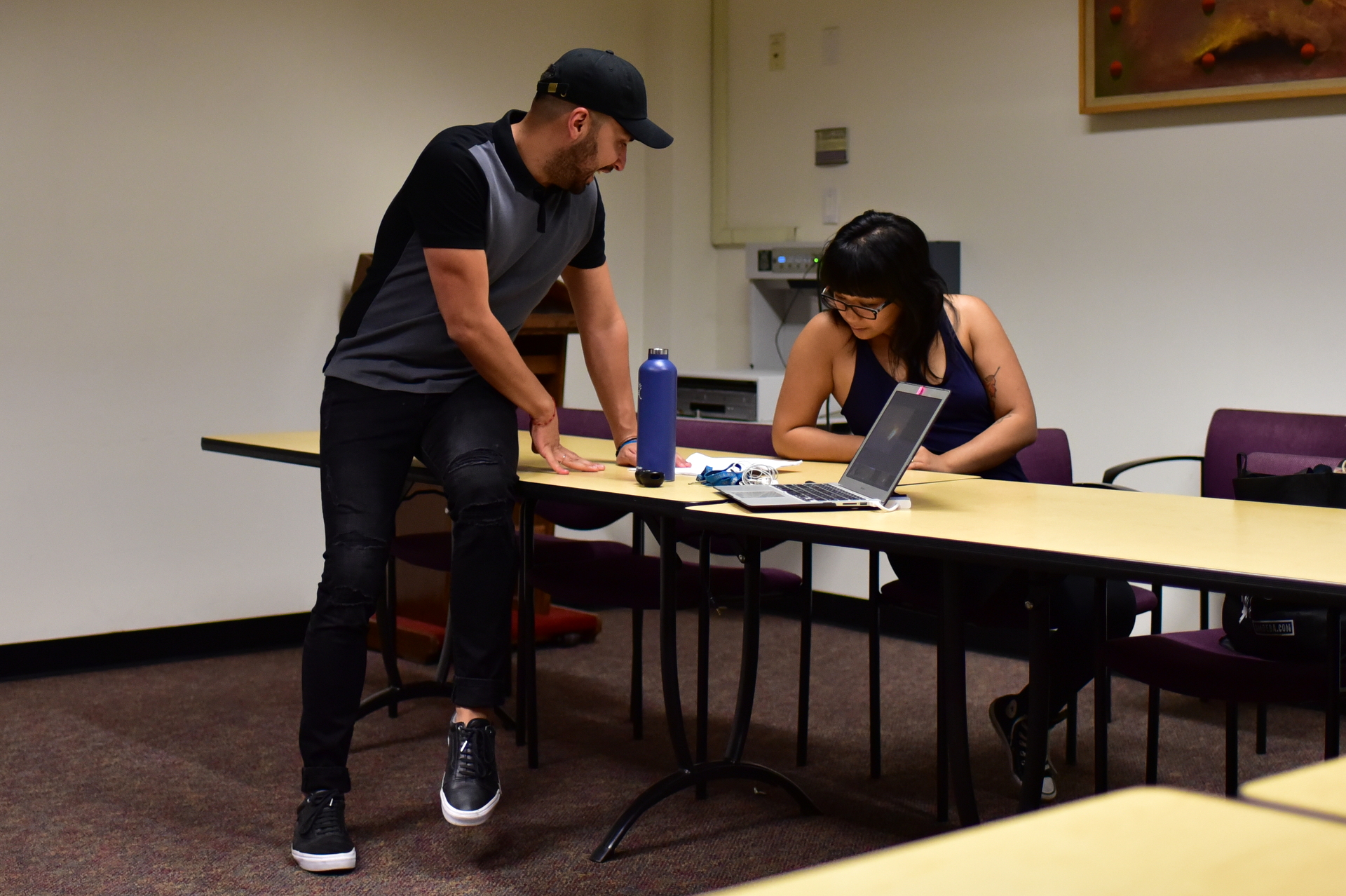
Speaker Ernesto Rocha and Curator Camille Raquel working on Ernesto’s talk.
Memorizing your talk
The field of Art History, and perhaps other “academic” disciplines, have the curious conference style of the read talk. Speakers appear with a paper and proceed to read the whole thing to the audience. It’s often dense, academic writing, and the delivery can be long and tedious. You have to really care about this highly specific content to get through these sorts of talks.
I’ve given talks at other types of conferences. Typically you have 30 or 40 or 60 minutes. With a talk like this, you’ll probably write out your ideas, prepare slides, and rehearse. Because you’re thinking through the ideas, you’ll just naturally remember or memorize parts of it. Sentences & paragraphs. But you don’t usually formally memorize the thing. And you might bend the presentation a little based on audience response, or a lot based on audience questions.
Because 18 minutes is so short, and you’ve developed a talk with such powerful ideas, there doesn’t seem to be any way to present a TED talk without memorizing it. Memorizing a script is an interesting business.
Stage actors routinely memorize a 2-hour script and perform it flawlessly night after night. Yet a film actor might need dozens of takes to get through a handful of lines.
My TEDxCSULB ’17 speaking colleagues and I got to The Red Circle in different ways. A few of us had our texts down maybe a week in advance. A few were still struggling the night before. But somehow we all got to The Red Circle and gave flawless, powerful talks.
I spent most of performance day crossing my fingers for myself and my peers that we’d get through our talks well. Camille, our curator, later told me that she knew everyone’s talk so well, and where they always stumbled so well, that sitting in the green room watching the monitor as each of us was on stage, she’d feel tension as we’d get to the part where we always had trouble, and then she’d breathe a sigh of relief & joy as we each got through what had been challenging, in some cases, as recently as the night before.
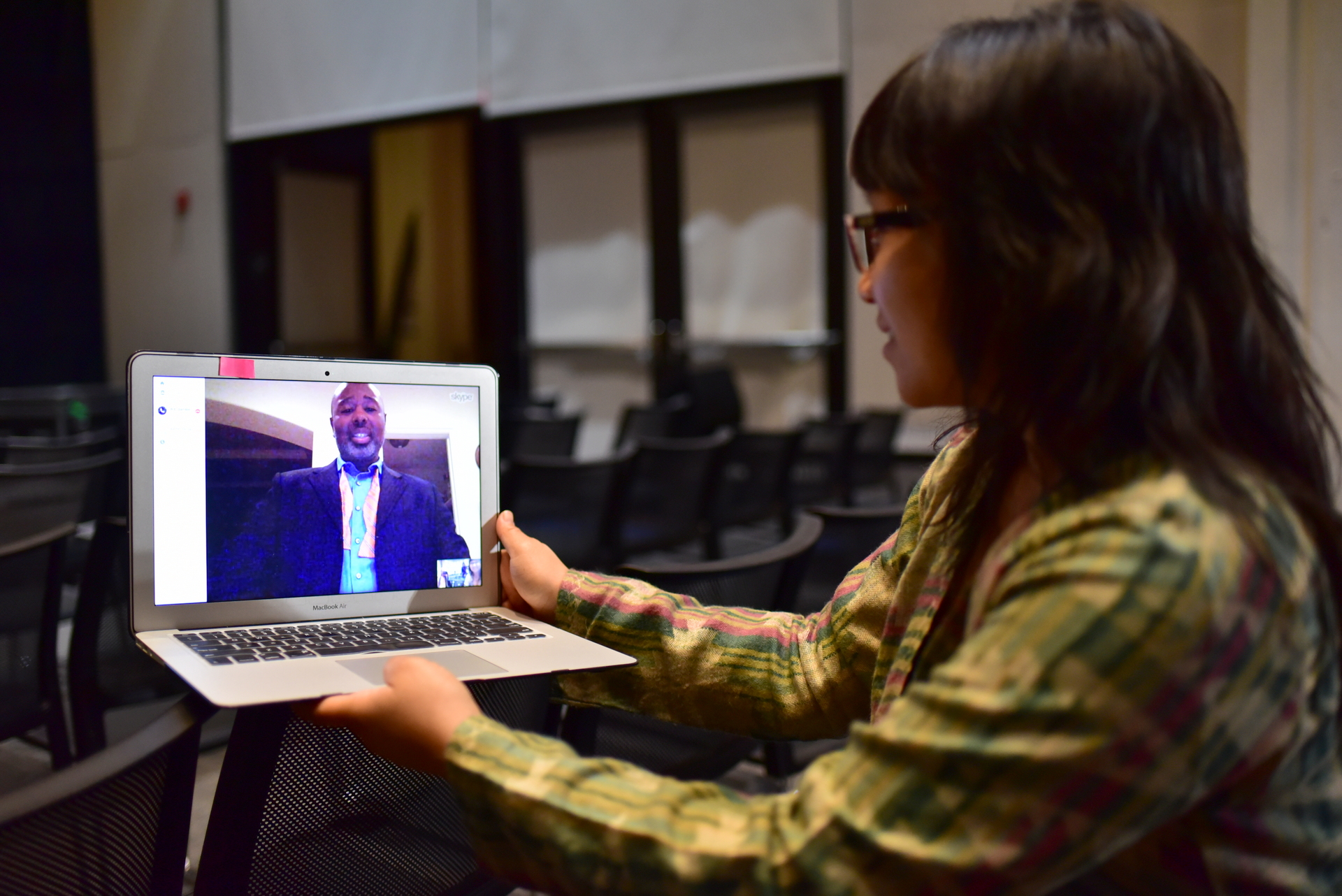
Curator Camille Raquel takes a break from setting the TEDxCSULB stage to do a Skype rehearsal with speaker Brandon Gamble.
The good stuff is the easiest to memorize
There are many tips to help you memorize your script. Some of us liked recording ourselves and playing that back while driving. I didn’t even realize I had memorized my script when I started reciting the whole thing while driving my car. The “great” thing about living in SoCal is that so many of us spend hours driving from place to place. You can get a lot of rehearsal time in on those drives. If you mostly know your script, it’s easy to practice. If you aren’t that far yet, you can play an audio recording of yourself and “sing along”.
What I found in working with my own script is that the good parts were easy to memorize. They just came naturally to me. And they flowed naturally. Wherever I had trouble with the words it tended to mean that either the wording was awkward, or that the idea wasn’t clearly expressed, or perhaps that the idea wasn’t really necessary. By the time I got to the end it felt like the process of memorizing the script had also been the process of refining my text to essential ideas clearly stated.
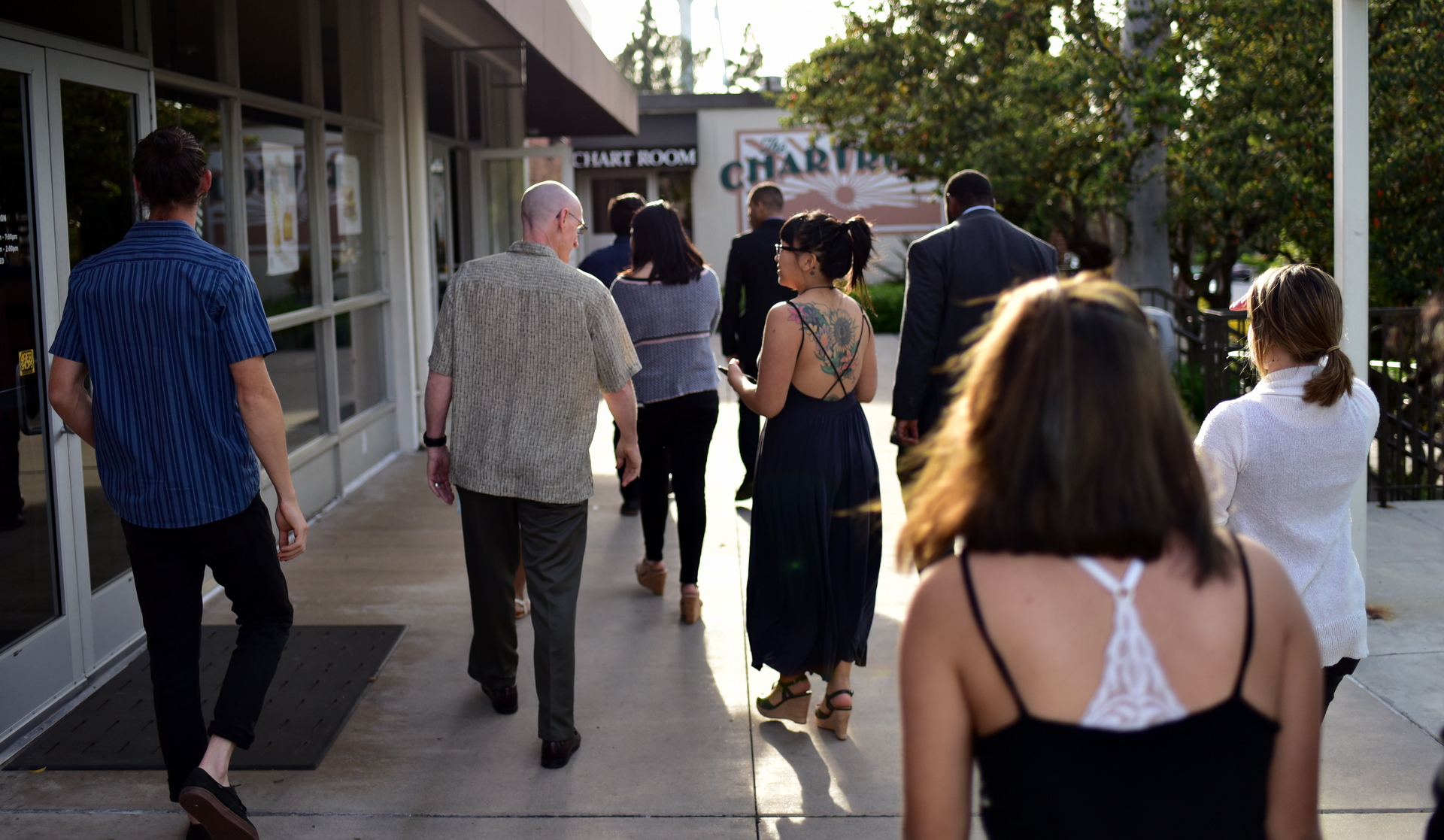
TEDxCSULB ’17 speakers and organizers walking toward the CSULB Chartroom for dinner.
Driving home last night, at the end of a long and exciting TEDxCSULB day, I found it almost impossible not to rehearse my talk! I’d gotten so used to spending my time in the car reciting those familiar lines,
This is my cousin Ellie, she’s 8…
that it was weird not to say them. But after all that rehearsal, I’d finally had my moment in The Red Circle. I could finally stop memorizing my lines, and carry on with living them.
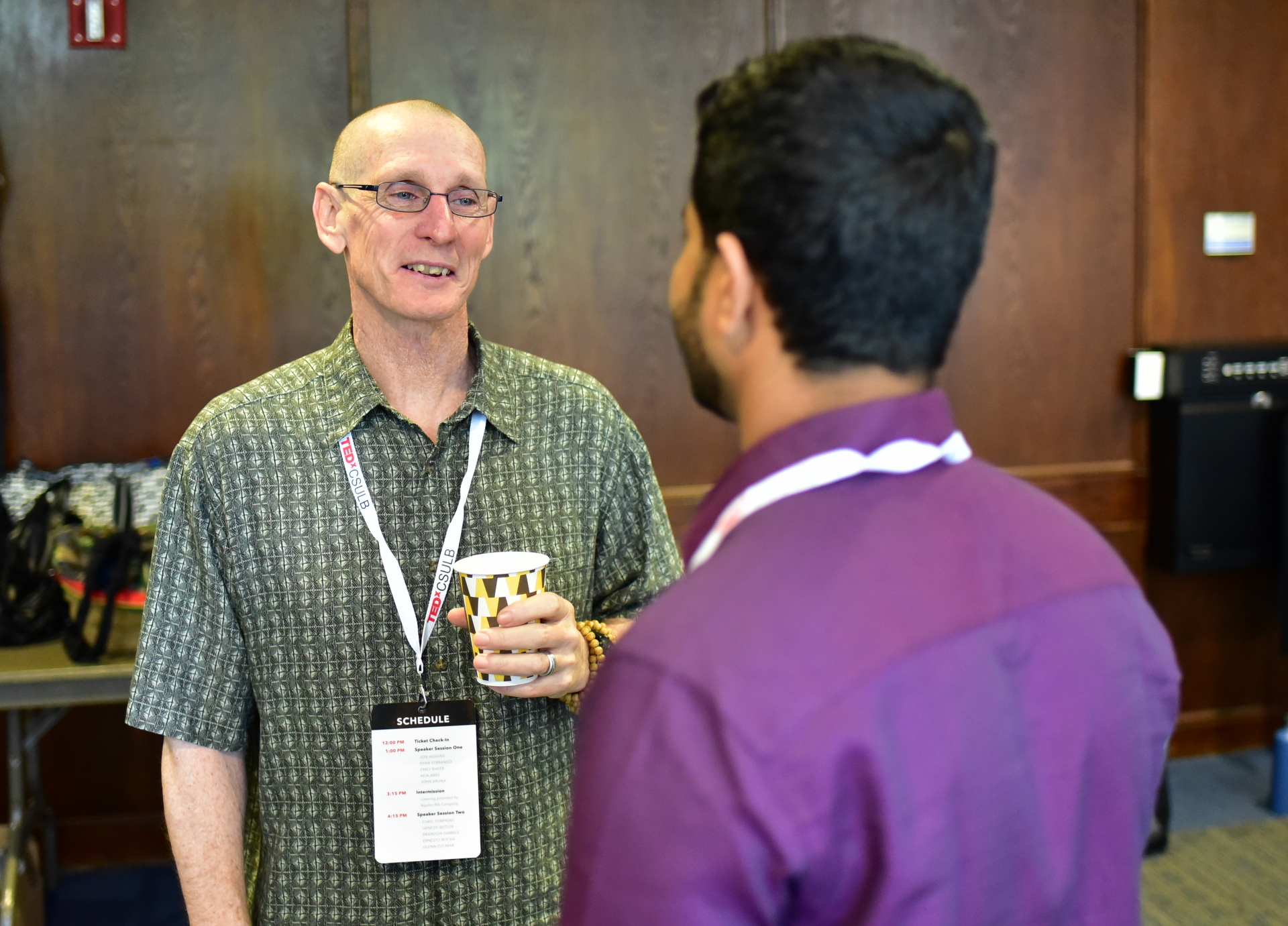
TEDxCSULB ’17 speaker John Bruna with Social Media Manager Abhishek Mb
Stress
After all the talks, I asked former Buddhist monk John Bruna if he’d felt any stress in giving his talk. Given his Buddhist training, his incredible life journey, and the little bit I’d learned about him in conversation that day, I was pretty sure he was going to say “no,” and he did.
For the rest of us, the answer was “yes.” We 10 TEDxCSULB ’17 speakers were 9 nervous people, and 1 Buddhist monk. I thought about the staggering number of talks that Chris Tompkins must give in a year. I thought about Ernesto Rocha’s extraordinary life journey. Compared to all those talks, or all that life experience, 18 minutes of storytelling isn’t a very big deal. So why the stress? Our consultant Kymberlee, and our curator Camille, like to say that the stress means that you care.
At ridiculously high levels stress can be debilitating. But a moderate amount of stress can enhance awareness and presence. In the stress of trying to remember your lines, try not to forget to be present. The lights are on you on stage, and the house is dark, but you can still see faces in the audience. Try to connect to those faces.
I was a little worried about making eye contact with anyone I knew in the audience. I learned that this wasn’t really hard. I was pleasantly surprised to discover that when I mentioned my 10-year-old Cousin Eli in my talk, it was easy to look at him and gesture toward him sitting in the 2nd row.
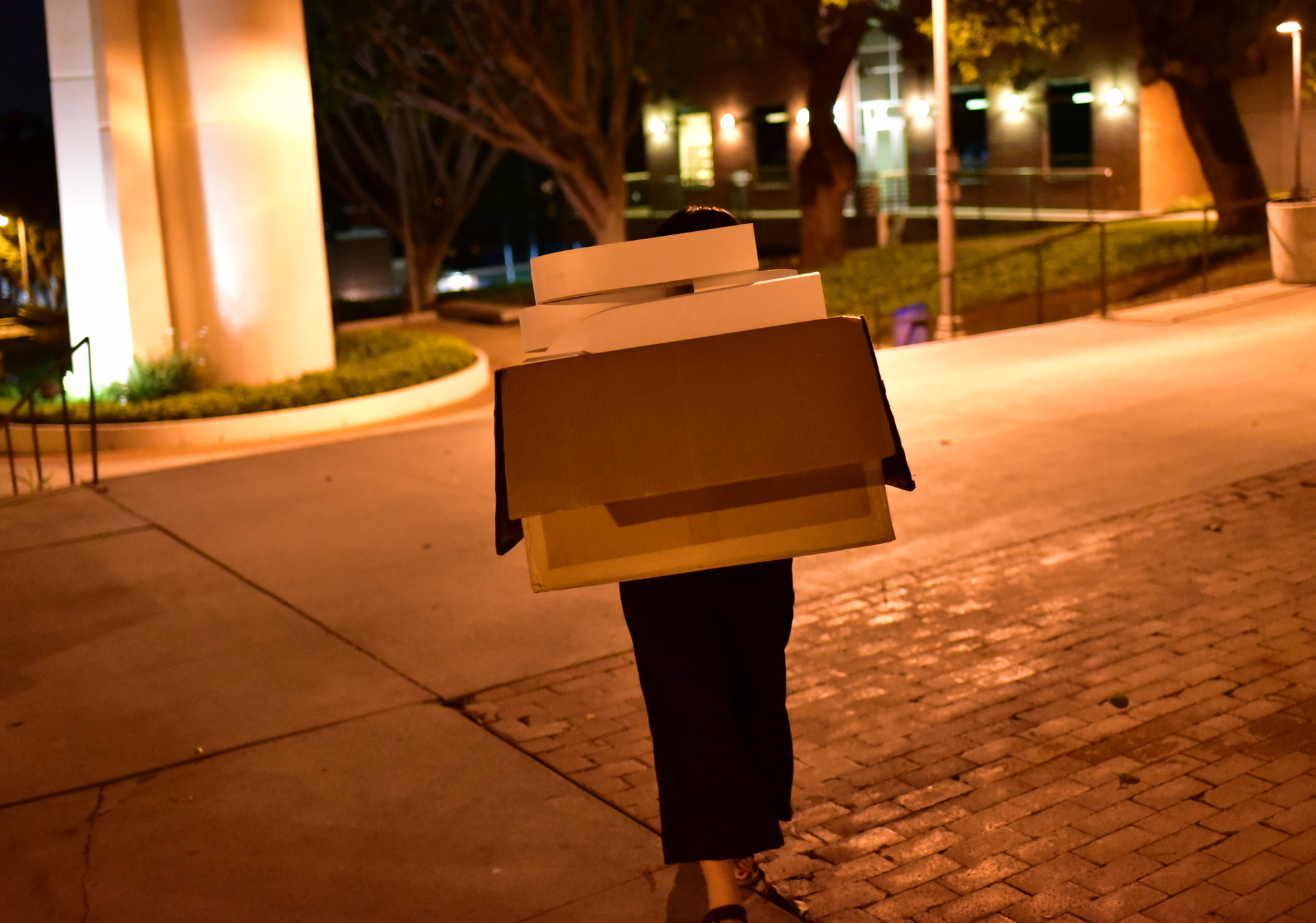
Yet one more moment of glamour: Sunday night after a successful event, and after everyone else had gone home, curator Camille Raquel schleps a box with the “T-E-D-x-C-S-U-L-B” letters across the university campus.
Good Luck!
So there’s a few thoughts that come to mind the morning after my TEDxCSULB ’17 talk. No doubt I’ve forgotten to say all kinds of things. But that’s OK, with your fellow speakers and the conference organizers, you’re in great hands. They will offer you more support, help, and insight than you can imagine.
Have a great experience! More than most other speaking opportunities, TEDxCSULB isn’t just the flower, it’s the whole tree. I hope you’ll take the time to savor the beauty of every single twig. You may never pass this way again.
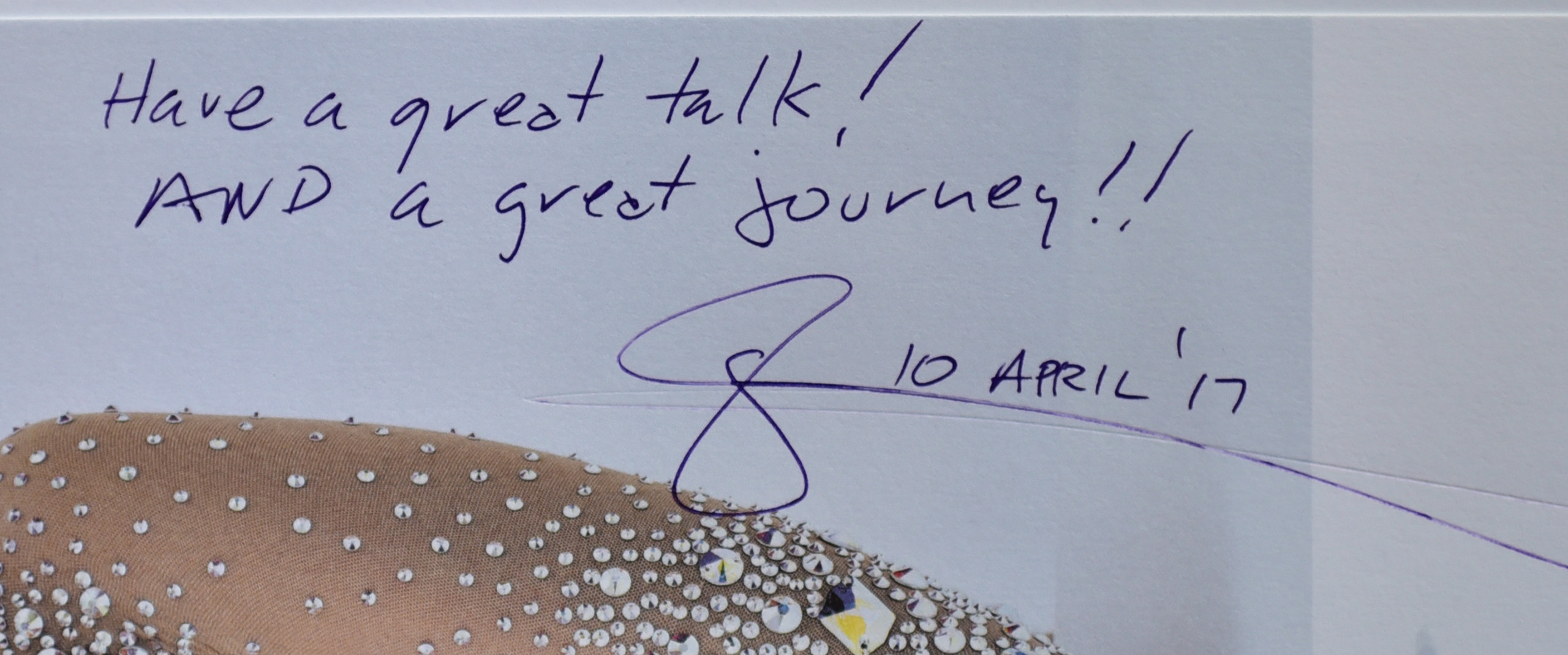
When it’s available, I’ll add the video of my talk down here.

The TEDxCSULB ’17 speakers & organizers. Left to right:
- Sia Turay, Director of Finance & Sponsorship
- Ryan Serrano, Thriving in the Broken Landscape
- Janelle Reyes, Executive Secretary
- John Bruna, Free Will is a Skill
- Kat Nguyen, Director of Events & Activities
- Cliff Johnson, Director of Logistics
- Camille Raquel, Curator
- Eric Crenshaw, Director of Marketing
- Genesis Butler, A 10-Year Old’s Vision for Healing the Planet
- Jon Higgins, From Fear to Freedom
- Glenn Zucman, Burn the University Catalog
- Vania Arriola, Assistant to the Curator
- Chris Tompkins, What Children Learn From the Things They Aren’t Told
- Aeia Abas, I’m Not a Good Person and Neither Are You
